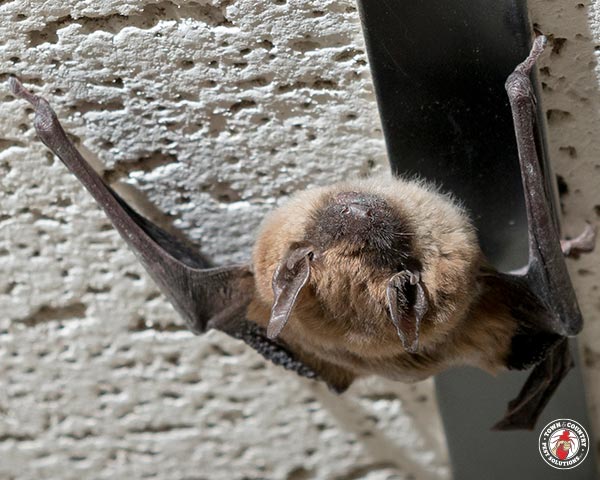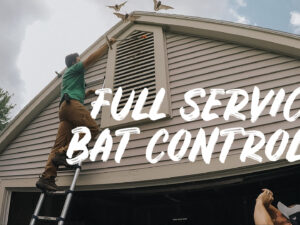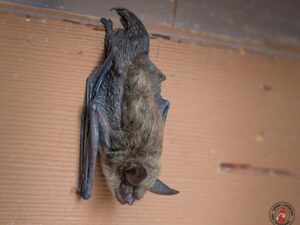
Bats are fascinating creatures and play an important ecological role, but they can cause a lot of damage when they invade homes. The presence of bats in your home also poses a health risk as they can carry diseases such as rabies. If you suspect that you have a bat infestation in your home, it is important to take prompt action to prevent the situation from getting worse. In this blog post, we will be discussing the signs that indicate you have a bat infestation and what you can do about it.
Sightings of Bats
The most obvious sign that you have a bat infestation is the sight of bats in your home. However, just because you don’t see bats doesn’t mean they’re not there. Bats are nocturnal, so they are most active at night when you’re asleep. You may notice bat activity around dusk or dawn as they leave or return to their roost. Some species of bats are more noticeable than others, as they tend to fly low and slow. If you see a bat inside your home, this is a clear indication of a problem.
Bat Droppings
Bat droppings, also known as guano, can be a serious health hazard if not properly cleaned up. Guano can carry diseases and fungi that can cause respiratory problems in humans. It is important to always wear protective gear such as gloves and a mask when handling bat droppings. You may find piles of guano in your attic or near the entry points of your home where bats can enter. Guano often accumulates in areas where bats roost or traffic frequently such as near windows or other openings.
Strange Noises
Bats are nocturnal creatures, and they make various sounds while flying, chirping or scratching noises while in their roost. If you hear scratching or chirping sounds coming from your attic or walls, it’s likely that you have bats in your home. The noise can be quite loud and persistent, especially at night when they are most active. You may also hear high-pitched squeaking sounds, which is their way of communicating with one another. If you hear these sounds, it’s essential to take action immediately.
Stains on Walls and Ceilings
If you suspect you have a bat problem, look for stains on your walls and ceilings. Bats often leave behind dark stains from their urine, and they may also leave behind oily smudges from their fur. These stains are more noticeable in well-lit areas and can be a sign of a bat infestation. If you notice stains on your walls or ceilings, it is essential to act immediately, as bat infestations can quickly get out of hand.
Piles of Wings
Bats shed their wings, and these wings, clumped together like piles of dead leaves, are a surefire sign of bat activity. You may find piles of wings near the entry points or near their roost. Look for an accumulation of wings around the opening where the bats are entering the attic. Accumulations of wings that are found inside the home are a clear sign that they have found a way inside.
Bat infestations can be a serious problem for homeowners. If you notice any of the signs mentioned above, it is essential to take appropriate action immediately. It is important to remember that bats are valuable creatures and they play an important role in keeping the ecosystem balanced. So, it is equally important to handle the infestation in a humane and environmentally responsible way. The best way to prevent a bat infestation is by sealing all potential entry points and keeping your home clean and well-maintained. If you need help removing a bat infestation from your home, contact a professional wildlife control company who has the expertise to handle the situation safely and humanely.












